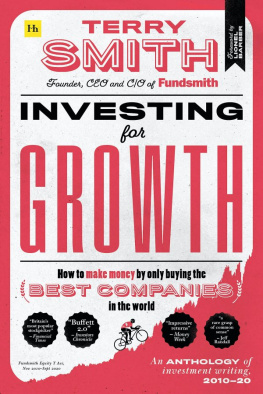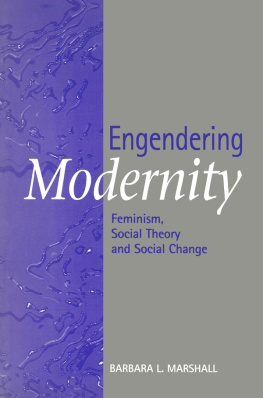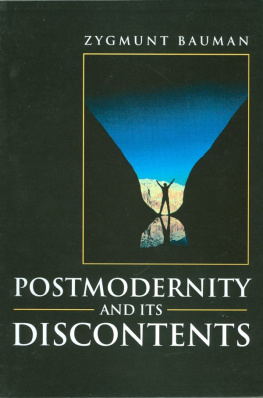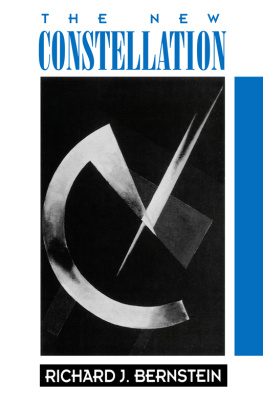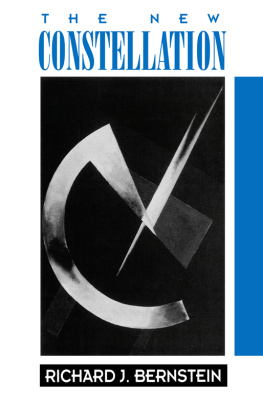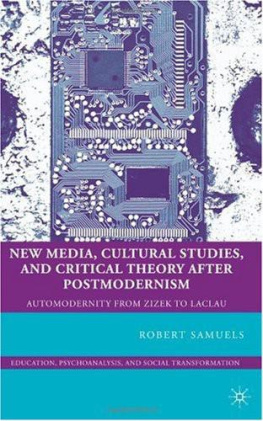Typeset in Minion by Keystone Typesetting, Inc.
Library of Congress Cataloging-in-Publication Data appear on the last printed page of this book.
PREFACE
In the aftermath of modernity, and the passing of the postmodern, how are we to know and show what it is to live in the conditions of contemporaneity?
This is a question about individual being and social belonging now, about how the relationships between them might be understood these days, and how they might be represented to othersin speech, in texts, in works of art, and in exhibitions. The editors of this book begin from the intuition that, when it comes to offering acute accounts of these relationshipsin brief, of large-scale world picturing and small-scale world makingthe time of postmodern doubt about modernity may appear to have run out. Does this mean that the kinds of large-scale world making and the various projects of totalization associated with modernity have returned to dominance, albeit in multiple, contingent, and contradictory forms? Or does it mean that the world has entered a condition in which overarching frameworks, however internally differentiated and skeptical, have lost their power to shape the far reaches of thought and thus their purchase on the particularities of everyday life? This would leave us naked to the present. If so, it is a contemporaneity that is riddled with as much wary doubt as it is infused with watchful hope, that seems immured in utopian appeals to the futurity of various pasts, including that of modernity, yet everywhere and always poses itself to itself as a pressing question.
The chapters in this book have been developed from papers given at a meeting of scholars, theorists, artists, critics, and curators that was convened in Pittsburgh in November 2004, two days after the U.S. presidential elections that gave George W. Bush a second term. In the twilight of postmodernism, and the resurgence of modern imperialisms and ancient fundamentalisms, three generations of thinkers came together to assess how ideas of the modern, the postmodern, and the contemporary were engaging with these apparently unparalleled circumstances. An introduction by one of the editors sets out an account of why these circumstances seem to press us to consider the question of contemporaneity, reviews key elements in the current conceptualization of modernity and postmodernity, and then introduces the main themes of the book.
Subsequent chapters are organized into four parts around a centerpiece. In , The Politics of Temporality, the main themes are posed by leading theorists, critics, and curators. The question of contemporaneity is tested against a powerful and widely influential theorization of empire and multitudes. This is followed by an analysis of an extraordinary instance of action by one of these multitudesthe unexpected defeat of right-wing forces in the 2004 national elections in Indiaand of the role of documentary filmmaking in this cultural conjuncture. Focus then turns to the persistence of media-specific values of artistic Modernism in the work of well-known contemporary artists. In contrast, it is argued that installation, with its capacity to declare a space of open-ended provisionality, is now an artistic genre so ubiquitous that it has become the main medium of contemporary, as distinct from Modern, art. These different emphases indicate that the time has come to see Modernism as a richer heritage than postmodernist critique has allowed, one that adds to the complications of the present, even as it recedes within them.
, Multiple Modernities, is concerned with reconceptualizing the ways in which various kinds of artistic Modernisms were part of the development of distinctive modernities in different parts of the world during the nineteenth and twentieth centuries. It raises the question of recognition of the inventiveness of artists at the edges of empire and those consigned to the far peripheries of canonical modernist art cultures. It then probes the conditions of production and the nature of artistic modernization within colonized societies, pushing ideas of alternative modernities toward the recognition that, in certain circumstances, they may be seen as more subtle refractions, as double or even para-modernities. Societies with powerful traditions distinct from those of the West may also be expected to have generated distinct experiences of modernity, and thus different ways of representing their experiences of them. How might these be identified without importing the at once universalist and nationalistic commitments of modern Western art history? Meanwhile, we face the legacy of the fact that colonization forced these differences together. What have been the consequences of this (we now see) bad marriage? For how long will estrangement cloud the perspectives on all sides? The chapters in this section tackle these questions in specific, closely studied situations.
The books centerpiecewhich represents the turning that is at its heartis a work of art: Zoe Leonards Analogue of 19982004. Deploying the high modernist devices of the framing grid and the serial sequence, Leonard turns her camera to shop fronts and warehouses in both Brooklyn and Kampala, tracking the global trail of doubly coded commodity: the transformation of discarded clothing, donated to charities in Western centers, into fashionable wear in poorer, supposedly decolonized countries. This work makes visible one concrete strand in the dense trafficking of material goods and dreams across the globe that the spectacular imagery and ideologies of globalization tend to obscure. As such, it offers up a thoroughly contemporary metaphor.
In , Afterworlds, a number of authors explore the options for artists in a global situation that can no longer be confidently understood as divided into geopolitical worlds of the First, Second, Third, and Fourth variety. Residues of this reductive structure certainly continue to exist, not least on the edges and in some of the thinking in the centers of Cold War empires. Since 1989, however, this world picture has been unraveling with increasing speed: while this has been most obvious in the former Soviet Union, another signal of its demise may be the failure of the overstretched U.S. emperium in the Middle East. At the same, the processes of decolonization have continued to unfold, not only in Africa, but indeed everywhere, precipitating the world as a whole into a postcolonial constellation. This has led to the emergence of unexpected, hybrid state formations, most evidently in China. These developments have posed new challenges to artists; the chapters in this section trace the challenges in careful detail.
All of these deformations continue into the present, shaping its complexity as a simultaneity of antinomies. One of the most striking features of contemporaneity is the coexistence of very distinct senses of time, of what it is to exist now, to be in place, and to act, in relation to imagined histories and possible futures. , Cotemporalities, sets out a range of pathways into this complexity. These include an overview of political principles, of different forms of governmentality; a study of how earlier kinds of radical ambition might be reinterpreted in ways useful for present purposes; a proposal about shifts in aesthetic attention, and another about forms of activist intervention, during what some label the information age. The book concludes with an essay that returns to the question posed at the beginning and reviews contemporary artists responses to the main currents of our contemporary condition.


